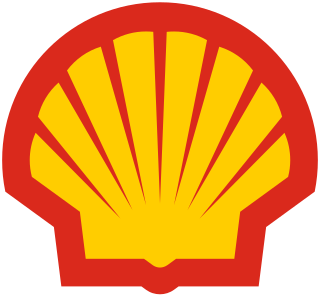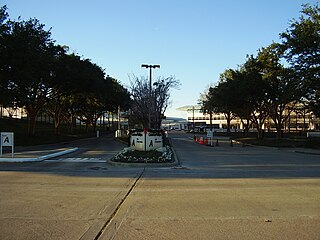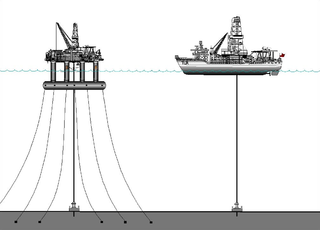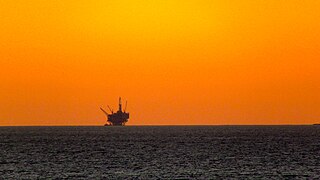| Ursa Tension Leg Platform | |
|---|---|
| Record height | |
| Preceded by | Petronius Compliant Tower (640 m (2,100 ft)) |
| Surpassed by | Perdido Regional Host (2,438 m (7,999 ft)) |
| General information | |
| Status | Complete |
| Type | Oil platform |
| Location | 130 miles (210 km) southeast of New Orleans |
| Coordinates | 28°09′14″N89°06′13″W / 28.154027°N 89.103553°W Coordinates: 28°09′14″N89°06′13″W / 28.154027°N 89.103553°W |
| Opening | 2009 |
| Cost | $1.45 billion |
| Height | |
| Antenna spire | 1,306 m (4,285 ft) |
| Design and construction | |
| Developer | Shell Oil Company 45.39%, British Petroleum 22.69%, ExxonMobil 15.96% and ConocoPhillips 15.96% |
The Ursa tension leg platform is an oil platform with a tension leg structure located at 28°09′14″N89°06′13″W / 28.154027°N 89.103553°W about 130 miles (210 km) southeast of New Orleans in the Gulf of Mexico. It is operated by Shell Oil Company. It has a total height from the seabed to its top of 4,285 feet (1,306 m). [1]

A tension-leg platform (TLP) or extended tension leg platform (ETLP) is a vertically moored floating structure normally used for the offshore production of oil or gas, and is particularly suited for water depths greater than 300 metres and less than 1500 metres. Use of tension-leg platforms has also been proposed for wind turbines.

New Orleans is a consolidated city-parish located along the Mississippi River in the southeastern region of the U.S. state of Louisiana. With an estimated population of 393,292 in 2017, it is the most populous city in Louisiana. A major port, New Orleans is considered an economic and commercial hub for the broader Gulf Coast region of the United States.

The Gulf of Mexico is an ocean basin and a marginal sea of the Atlantic Ocean, largely surrounded by the North American continent. It is bounded on the northeast, north and northwest by the Gulf Coast of the United States, on the southwest and south by Mexico, and on the southeast by Cuba. The U.S. states of Texas, Louisiana, Mississippi, Alabama, and Florida border the Gulf on the north, which are often referred to as the "Third Coast", in comparison with the U.S. Atlantic and Pacific coasts.
Contents
Shell Oil is the operator of the project with 45.39%. BP Exploration & Production Inc has 22.69% while Exxon Mobil Corp and ConocoPhillips each have 15.96%.

Shell Oil Company is the United States-based wholly owned subsidiary of Royal Dutch Shell, transnational corporation "oil major" of Anglo-Dutch origins, which is amongst the largest oil companies in the world. Approximately 22,000 Shell employees are based in the U.S. The U.S. headquarters are in Houston, Texas. Shell Oil Company, including its consolidated companies and its share in equity companies, is one of America's largest oil and natural gas producers, natural gas marketers, gasoline marketers and petrochemical manufacturers.

BP plc is a British multinational oil and gas company headquartered in London, United Kingdom. It is one of the world's seven oil and gas "supermajors", whose performance in 2012 made it the world's sixth-largest oil and gas company, the sixth-largest energy company by market capitalization and the company with the world's 12th-largest revenue (turnover). It is a vertically integrated company operating in all areas of the oil and gas industry, including exploration and production, refining, distribution and marketing, petrochemicals, power generation and trading. It also has renewable energy interests in biofuels and wind power.

ConocoPhillips is an American multinational energy corporation with its headquarters located in the Energy Corridor district of Houston, Texas in the United States. It is the world's largest independent pure-play exploration and production company and the company ranked No. 95 in the 2018 Fortune 500 list of the largest United States corporations by total revenue. ConocoPhillips was created through the merger of American oil companies Conoco Inc. and Phillips Petroleum Co. on August 30, 2002. In 2012, ConocoPhillips spun off its downstream assets as a new, separate company, Phillips 66.
The discovery well was drilled in 1991, with Sonat's Discoverer Seven Seas drillship, on Mississippi Canyon block 854. Construction was finished in 1998.
Sonat, Inc., headquartered in Birmingham, Alabama, was a large Fortune 500 American energy holding company. The company was founded in 1928 and was listed on the New York Stock Exchange under the ticker symbol "SNT". Sonat was primarily involved in transmission and marketing natural gas and oil and gas exploration and production. The company was also involved in contract offshore drilling until 1995 when the offshore business became Transocean. In 1999 Sonat merged with El Paso Corporation. The company was headquartered in the AmSouth-Sonat Tower in downtown Birmingham.

A drillship is a merchant vessel designed for use in exploratory offshore drilling of new oil and gas wells or for scientific drilling purposes. In most recent years the vessels are used in deepwater and ultra-deepwater applications, equipped with the latest and most advanced dynamic positioning systems.
The Ursa Tension Leg Platform was replaced as the tallest man-made structure in the world by the Magnolia Tension-leg Platform.









